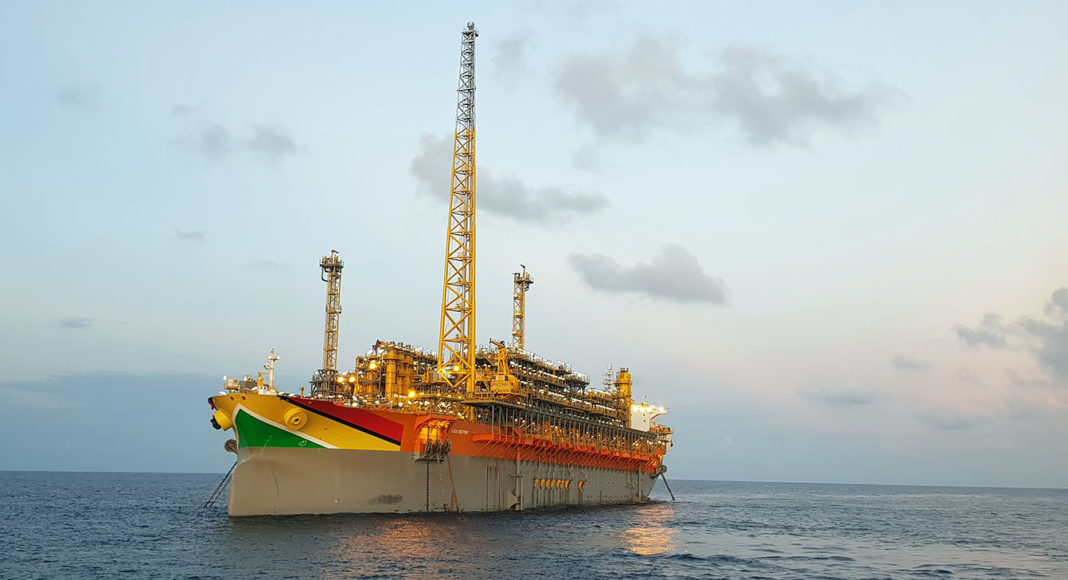Playing up its extensive forest cover, the Guyana government says the country is already at net zero status. And with ExxonMobil announcing plans to ramp up production offshore, regulators will be keeping tabs on how Stabroek Block operations impact the country’s carbon sink.
The Environmental Protection Agency (EPA), in early August, issued the final terms and scope for an Environmental Impact Assessment (EIA) to be carried out ahead of ExxonMobil’s fifth Stabroek Block project at Uaru.
In the EIA, Exxon’s consultant, Acorn International, will have to thoroughly evaluate the effects of operations related to Exxon’s Stabroek Block projects, on Guyana’s carbon sink, in keeping with Guyana’s Low Carbon Development Strategy 2030 (LCDS).
This evaluation will follow extensive information about the projects’ impacts on air quality, climate, and climate change. The consultant is required to provide an inventory of greenhouse gas (GHG) emissions expected from the Uaru project, as well as all of ExxonMobil’s current and planned exploration, development, and production operations in Guyana. This will be followed by a discussion of GHG emissions from oil and gas operations at the Liza Phases 1 and 2, Payara and Yellowtail projects, compared to the GHG emissions from the Uaru project. The study must also include mechanisms proposed to reduce emissions from the project.
Not only focused on offshore operations in isolation; regulators require ExxonMobil to ground its understanding of these impacts in the current scientific understanding of the consequences of climate change. Such consequences include potential for ocean acidification, sea level rise, and increasing ocean temperatures, based on recent reports from the Intergovernmental Panel on Climate Change (IPCC). The EIA must also include information on Guyana’s current capacity as a carbon sink.
Requirements for EIAs are based on the stipulations of Guyana’s Environmental Protection Act, and now, LCDS 2030 which was ratified by the National Assembly in July.
As it ramps up output, ExxonMobil and its partners in the Stabroek Block see potential for 10 floating production facilities to tap into the 11 billion oil-equivalent barrels discovered there.
Presently, two floaters are operating offshore, and two more will join them in 2023 and 2025. Uaru would include the fifth.
Vice President Dr. Bharrat Jagdeo told reporters during a recent press conference that Guyana will need 10 floaters to keep the country’s economic momentum going. The government is confident that even that many vessels would not eclipse Guyana’s carbon sink status.



